Mysterious art works created by Syd Bee
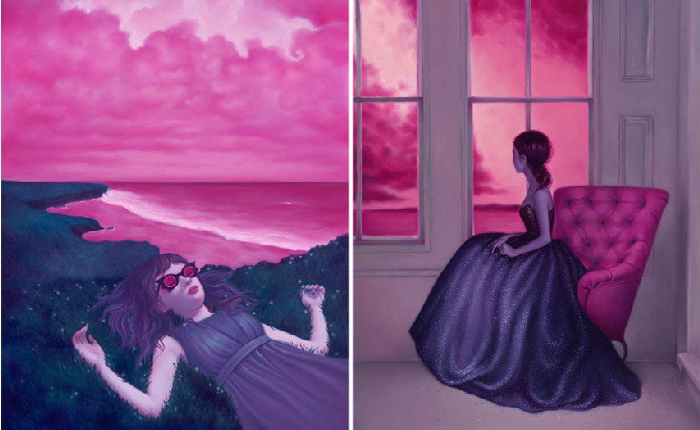
Syd Bee is a Seattle-based art piece appears to have been ripped from a dream. Bee explores dark themes and emotions with rich rose colors in several of his works, and the juxtaposition of these contrasting aspects gives his work a bizarre, unearthly appearance. This contrast enables the spectator to immerse themselves in the incredibly beautiful visuals while also delving into the stories recounted in each performance.
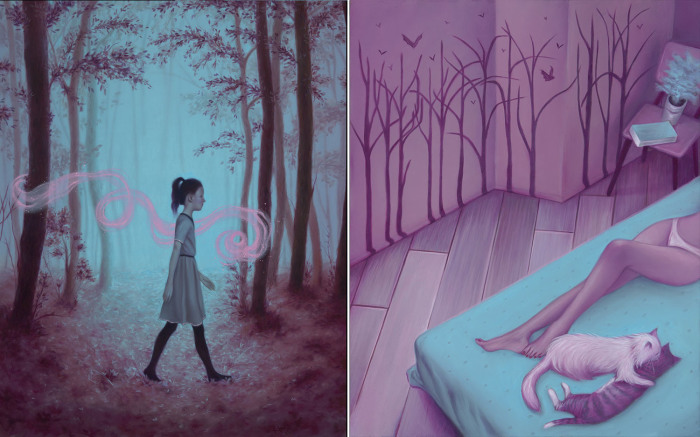
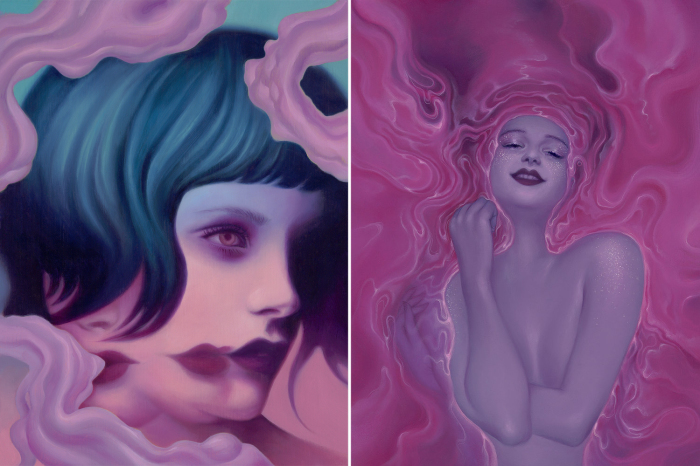
Syd is a gifted contemporary American painter who paints beautiful paintings of characters that appear to be in a dreamy condition, somewhere in between reality and imagination. This artist studies and lives in Seattle, where she can always be seen in her own workshop, accompanied by items that motivate her to create excellent work: a fairy tale collection, comic books, and two fat cats. Syd is also involved in other fields, such as being included on the cover of The Stranger and making comic book covers for Adventure Time, in addition to crafting her dreamlike, rose compositions verging on fantasy.
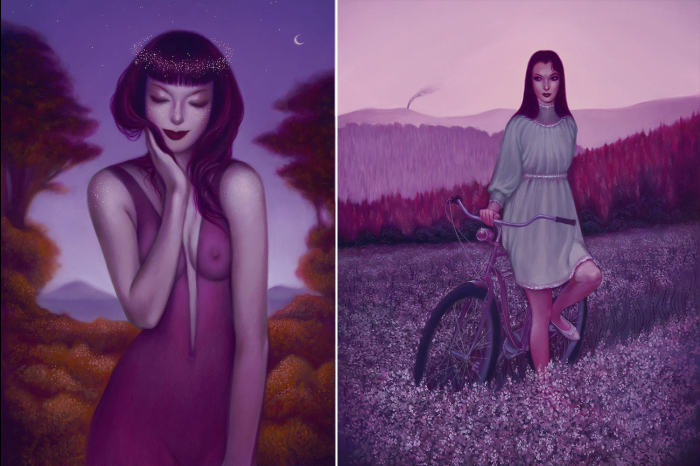
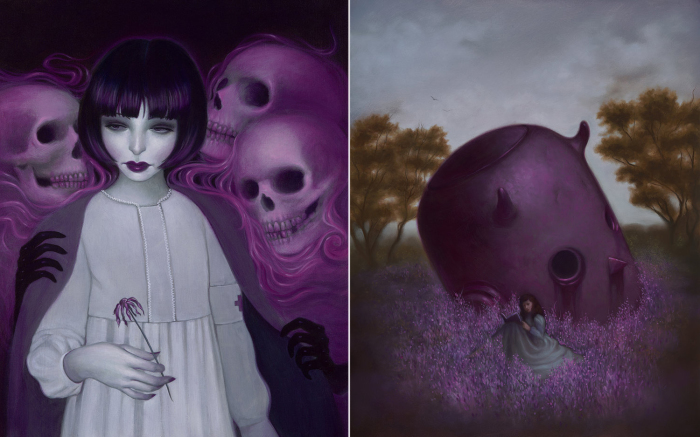
The artist gets her inspirations from novels, cartoons, movies, and television episodes, which she is willing to reread and rewrite multiple times in order to produce the exact ambiance she wants to convey. Her paintings cling to the spectator by the unseen strands of the soul from the first moments, provoking feelings that can’t always be concealed. What could be so distinctive and thrilling in such simple paintings, whose plots frequently flash on computer screens while studying the works of many other writers, it would appear.
However, it turns out that it is this minimalism, which is devoid of extraneous details and colours, that draws the eye, compelling you to focus on the flooded rose, frigid blue, and faded beige colours, which give a fascinating drama to the photos and keep you guessing until the very end. Every artwork transports the spectator to a private realm of familiarity and closeness. These strange and solitary realms are one-of-a-kind for each of us, yet they are also acutely aware of mankind, as the feelings there are internationally acknowledged and felt.
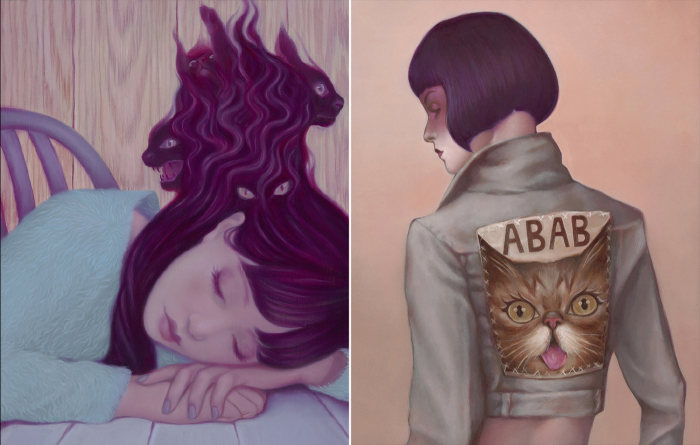
Bea began to paint at the Cornish College of Art before exhibiting her work on the Seattle arts community, where she learned quite a bit about oil brush painting that she put to good use. During her undergraduate years, she also embraced numerous theoretical concepts about art and artistic processes, which served as a firm creative basis for the rest of her painting work. Bea began showing her paintings around the Pacific Northwest and beyond after getting a BFA from the Cornish College of Art in early 2013. Her dreamy and sad works, accented by a deft hand of tenderness that gives every work and picture a silky quality, quickly attracted the attention of the general public and art experts.
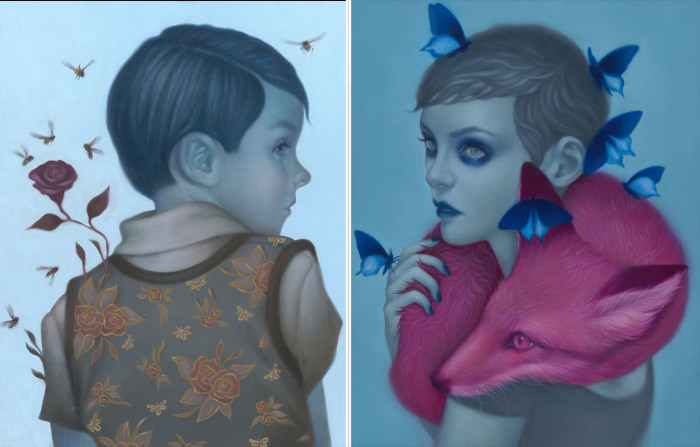
Sid paints realistic art pieces that, as previously stated, seem to reside on the cusp of fact and fiction. She uses a technique of generating a pastel hue surrounding her images to obtain this aesthetic feel: this result in soft outer rim, which enhances the mystery feeling given by the overall plot. This approach allows us to create an interesting juxtaposition when used in conjunction with the animal’s or human’s gloomy features and sad expressions. Syd has already established a reputation for her conjuring up the ambiance of a lovely and beautiful dream that is only a few steps away from the looming, terrifying nightmare.
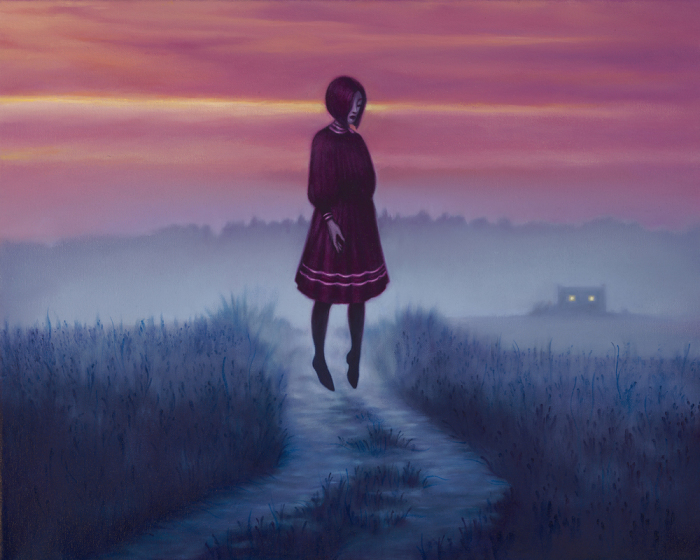

I’d like to attract attention to a set of works titled ”Sunder&Swell” – this is Bee’s first solo project with a museum, and it had eight canvases and five sketches that reflected the artist’s business style. Sid’s customary carbohydrate palette of predominantly pinks, purples, and mints is blended with feelings of isolation, anxiety, dread, and uncertainty in ”Sunder&Swell”: ”I dream of warm, brilliant colours where most of the pictures utilised were initially found.” While some of the pictures are beautiful, they are also sad. I’m always drawn to dark and dreary things, but I also gain freedom and thrill when I combine these feelings with soft hues and colors.
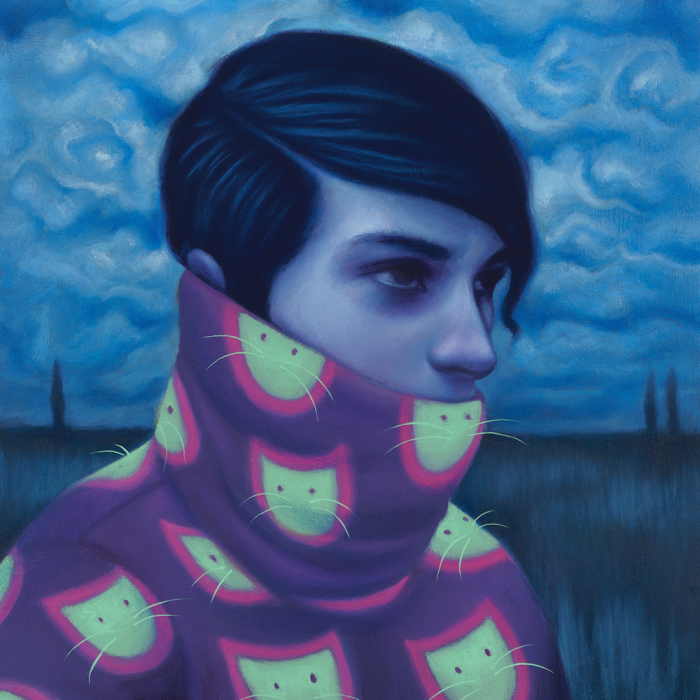
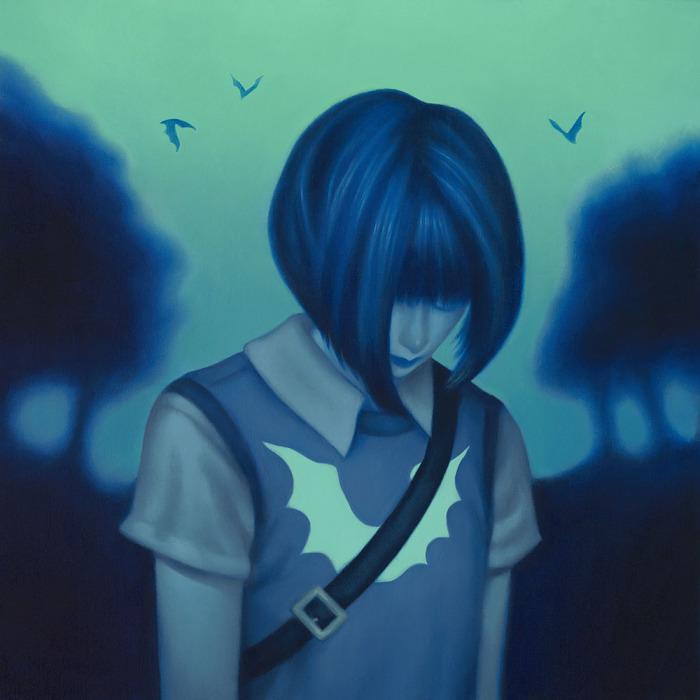
Finally, her understanding of colour and structure heightens all of these feelings, with the color playing a prominent part in this case, representing the weight connected with these gloomy sensations, which are portrayed in gloomy narrative and unforgettable images. To enhance sensations and emotions, traditional portrait and backdrop components are blended with dynamic perspectives, current fashion, and bizarre scenery: ”For Sunder&Swell, my new work is a direct attempt to record and feel the chaos of the senses.” These new visuals serve as analogies for reoccurring experiences of solitude, isolation, and mortality fear as part of an ongoing study.”
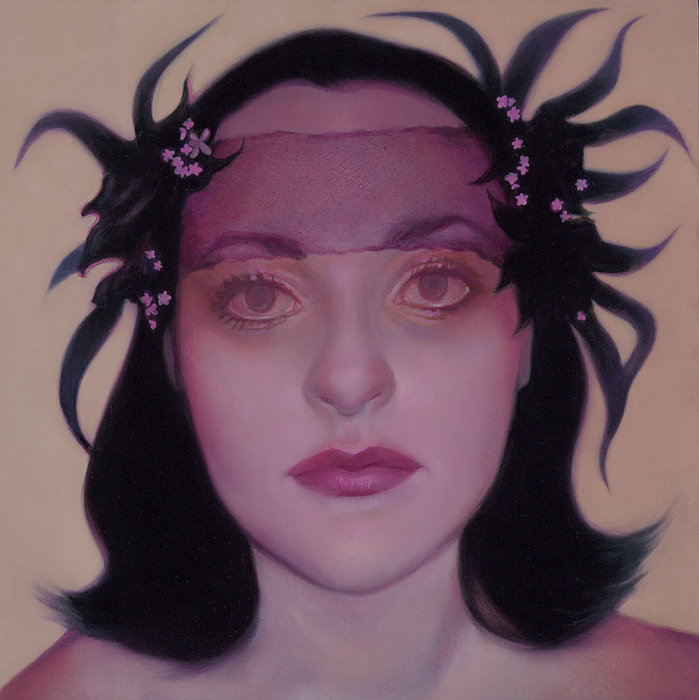
The artist devotes a significant amount of time to studying and gathering notes, as well as photos that depict dreams. She gets ideas when she’s near to falling asleep, and they’re usually just nebulous forms and colours. Following morning, she spends pursuing them. When she first sees anything, she nearly always tries to recover a hidden significance or tone: ”Freaking over my notes and collections helps choose which photographs to utilise, and if something doesn’t feel good, those searches are delayed till next time.”
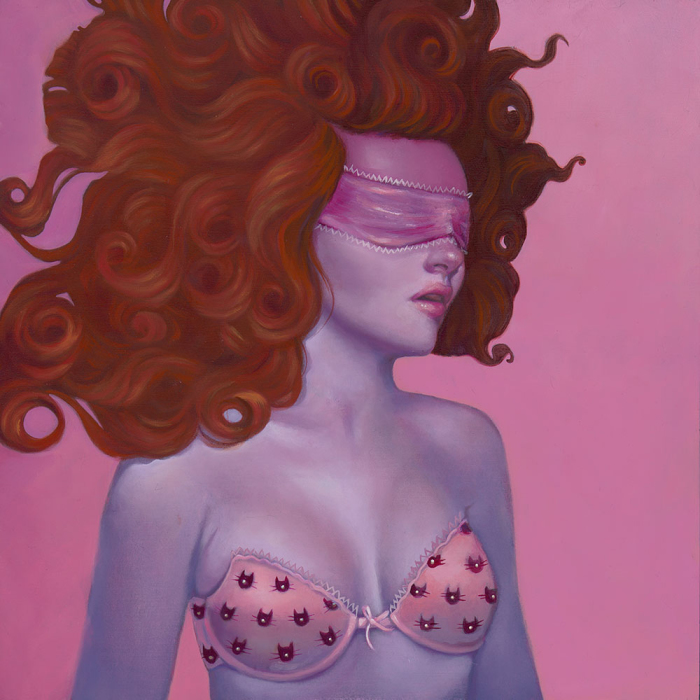
Syd discusses the job that important to her, which is work that supports her purpose and is geared toward specific emotions. ”Basically, they work as mechanisms that support me,” she says of the hues, which remind her of the tenderness and yearning that are vital to her. As a result, it appears normal for her to take on work that takes her into dark area, because she is drawn to the evil side on a deeper level. She also enjoys tales of lost loves, sadness, mortality, and spirits… For this, she enjoys delivering amusing stories that she isn’t really good at.

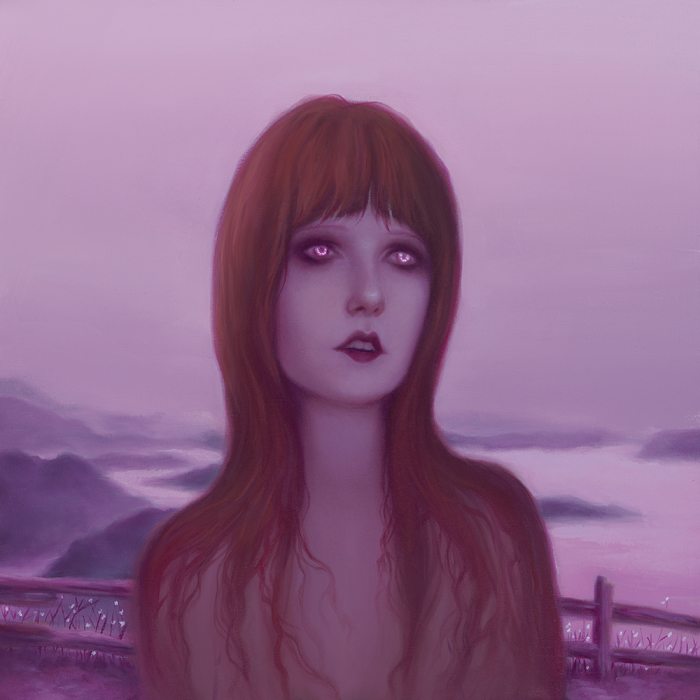
Mandy Tsung, a feminist painter, creates equally engaging work. Exciting female pictures come to life against by the background of strange fantasy landscapes in her artworks.
Did you enjoy the article? Then join us by pressing:
Source: Kulturologia





